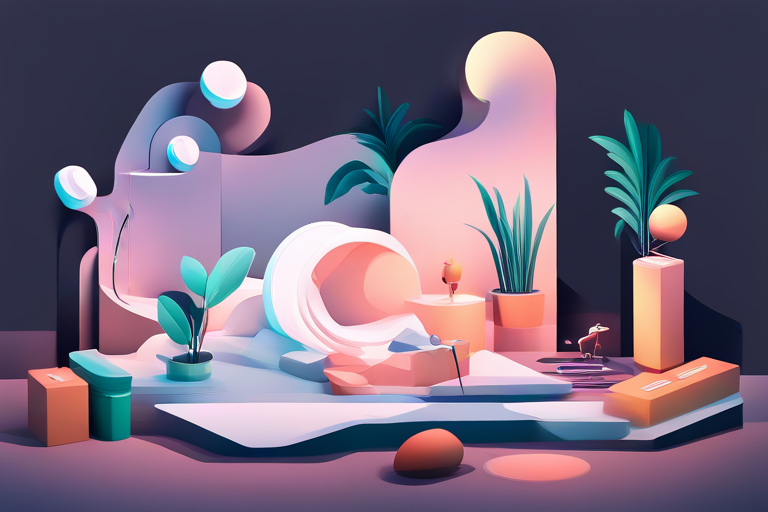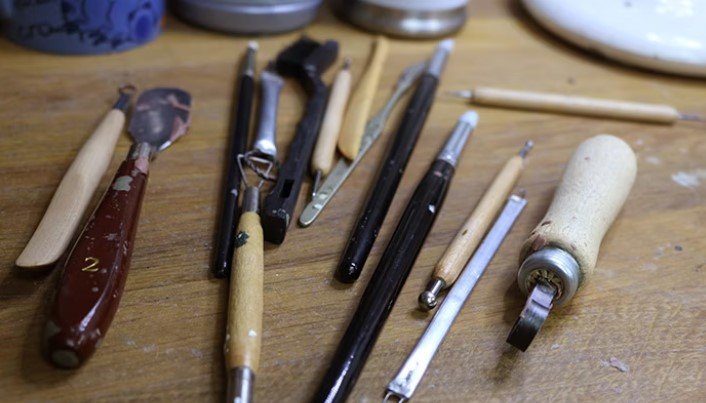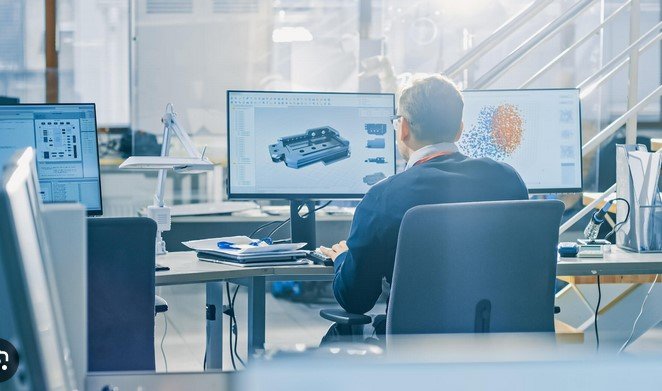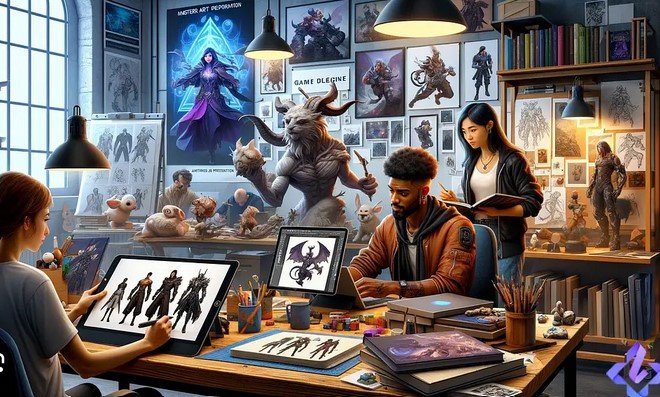Improving your 3D rendering techniques is crucial for creating stunning visual effects and animations. Whether you are a beginner or an experienced artist, enhancing your skills can significantly impact your projects. In this article, we’ll share valuable tips to help you elevate your rendering techniques and achieve better results.
Understanding the Basics of 3D Rendering
To improve your 3D rendering techniques, it’s essential to start with a solid understanding of the basics. Rendering is the process of converting your 3D models into 2D images. It involves lighting, shading, and texturing to create realistic visuals. Knowing how these elements work together will help you make better decisions during the rendering process.

Advancing Computational Geometry with Geometric Informatics
Geometric Informatics specializes in innovative solutions for 3D data processing and computational geometry. For a break from tech, visit a top australian casino site and enjoy premium online gaming.
1. Optimize Your Lighting Setup
One of the most effective ways to improve your 3D rendering techniques is by optimizing your lighting setup. Good lighting can make or break your scene. Experiment with different light sources, such as directional, point, and area lights. Use a combination of these to create depth and dimension. Remember to adjust the intensity and color of your lights to enhance the mood of your scene. Natural light can be particularly effective, so consider how sunlight would interact with your models.
Spatial Data and Exclusive Access
Geometric Informatics blends advanced mathematics and data science to analyze spatial patterns, providing essential insights for everything from urban planning to geological studies. When taking a break from complex data and seeking premium online entertainment, the dedicated Wolfwinner VIP Login offers a distinct point of entry for exclusive leisure activities.
2. Master Texturing and Materials
Texturing plays a vital role in enhancing the realism of your renders. Improving your 3D rendering techniques involves learning how to apply high-quality textures and materials effectively. Use texture maps to add detail to your surfaces. Pay attention to factors like reflectivity, roughness, and transparency. Tools like Substance Painter or Quixel can help you create stunning textures that bring your models to life.
3. Experiment with Render Settings
Every 3D software has different render settings that can drastically affect the output quality. Take the time to explore these settings and experiment with them. Adjust parameters like anti-aliasing, ray tracing, and resolution to find the best combination for your project. Higher settings often yield better results, but they can also increase rendering time. Finding the right balance is key to improving your 3D rendering techniques.
Explore Beyond Geometric Informatics
While Geometricinformatics.com offers insights into geometric informatics, you might also be interested in exploring other forms of online entertainment. For those in Australia seeking engaging digital experiences, australia online casino sites offer a diverse range of games and potential enjoyment. Discover a different kind of online adventure and see what exciting possibilities await you.
4. Use Depth of Field
Adding depth of field (DoF) effects can make your renders look more cinematic and professional. This technique blurs the background and foreground, focusing the viewer’s attention on the subject. Most 3D software allows you to adjust the camera settings to achieve this effect. Use it sparingly; too much blur can make your render appear unnatural. By incorporating depth of field, you can add a layer of realism to your scenes.
5. Learn about Composition
Composition is crucial for creating visually appealing renders. Understanding the rules of composition can significantly enhance your 3D rendering techniques. Use principles like the rule of thirds, leading lines, and framing to guide the viewer’s eye. Consider how you position your objects and how they relate to one another within the scene. A well-composed image draws the viewer in and creates a more engaging experience.
6. Utilize Render Layers
Render layers allow you to separate different elements of your scene for individual rendering. By using this technique, you can adjust lighting, materials, and effects without re-rendering the entire scene. This flexibility can save time and improve your workflow. Learning how to use render layers effectively is a vital step in improving your 3D rendering techniques.
7. Post-Processing Techniques
Post-processing is the final step in enhancing your renders. Programs like Adobe Photoshop or After Effects can help you fine-tune your images. Adjust color balance, contrast, and saturation to achieve the desired look. You can also add effects like glare, bloom, or vignetting to enhance your visuals further. Post-processing is an essential skill that can dramatically improve the final appearance of your work.
8. Seek Feedback and Learn from Others
To improve your 3D rendering techniques, seek feedback from other artists and peers. Join online forums or social media groups where you can share your work and receive constructive criticism. Learning from others can provide new insights and techniques that you might not have considered. Additionally, studying the work of established artists can inspire you and help you understand different rendering styles.
9. Practice Regularly
Like any other skill, improving your 3D rendering techniques requires consistent practice. Set aside time to work on personal projects or tutorials. Challenge yourself with new techniques or styles that push your creative boundaries. The more you practice, the more confident and skilled you will become.
10. Stay Updated with Technology
The world of 3D rendering is always evolving. New software updates, plugins, and techniques emerge regularly. To stay at the forefront of the industry, it’s essential to keep up with the latest developments. Follow industry news, attend workshops, and participate in webinars to expand your knowledge. Embracing new technology will help you continually improve your rendering techniques.
Conclusion
Improving your 3D rendering techniques is an ongoing journey that requires dedication and practice. By focusing on lighting, texturing, composition, and staying updated with technology, you can significantly enhance your work. Remember that the key to success lies in experimentation and learning from both your experiences and the feedback of others. With time and effort, you’ll create stunning 3D renders that capture the imagination.




